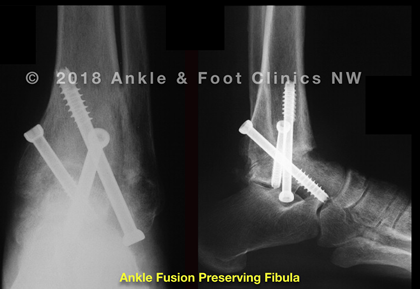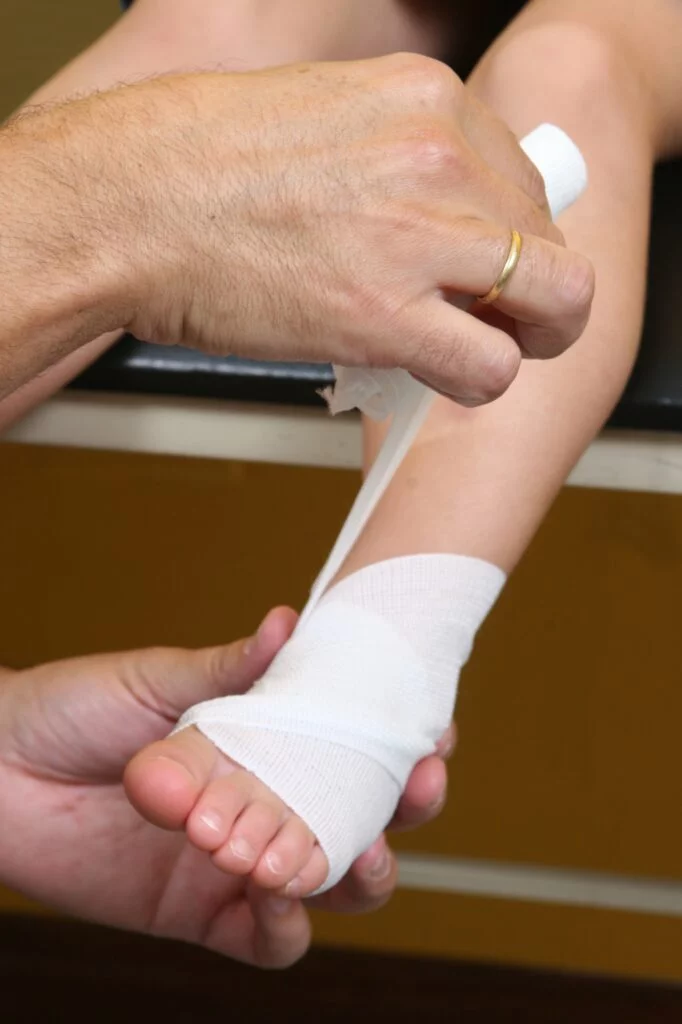Table of Contents
What is an ankle fusion?
Why are ankle fusions performed?
Can I still walk if my ankle is fused?
You can absolutely maintain your ability to walk with an ankle fusion. The range of motion of your ankle may be decreased depending on how much movement you had prior to the procedure, but you will be able to walk. The ultimate goal of an ankle fusion is to reduce the pain to keep you mobile. There are joints adjacent to the ankle that contribute to motion around the ankle. Most patients can walk without any perceptible limp after fusion.
How is an ankle fusion performed?
Although the approach may vary depending on the alignment of the ankle, the general principles remain the same: remove any remaining cartilage and the underlying dense arthritic bone from the ankle joint, correct any existing deformity, and stabilize the fusion while it heals.
Methods of stabilization may also vary from patient to patient depending on a multitude of different factors, which will be discussed in detail with your foot and ankle specialist.
Ankle fusion can be performed as an open procedure or using an arthroscopic technique.
Are there alternatives to ankle fusion?
Is the term ankle arthrodesis the same as ankle fusion?
Yes, these are equivalent terms and can be used interchangeably. Arthrodesis is a term that is used more commonly in medical literature when discussing fusion of a joint.




